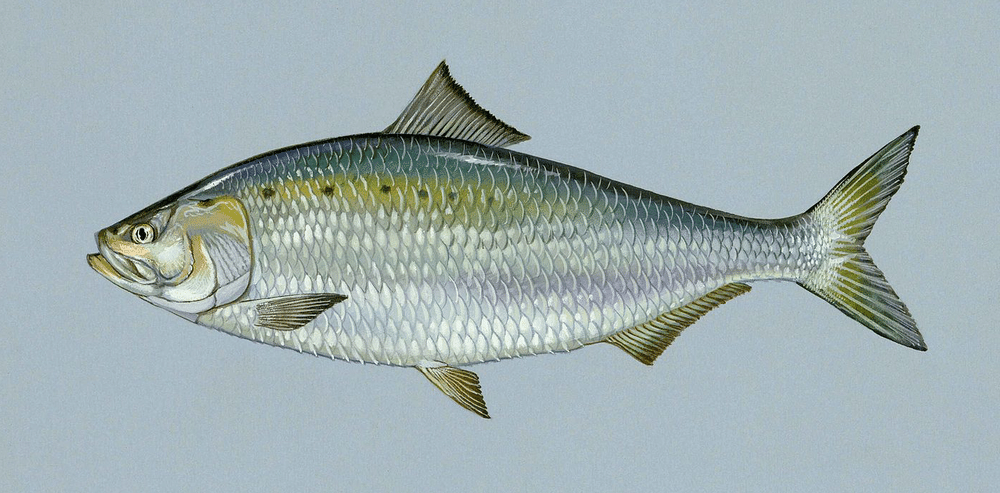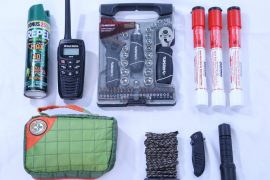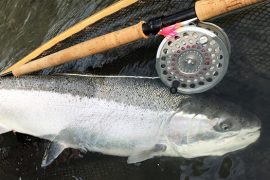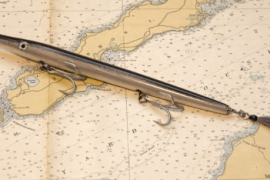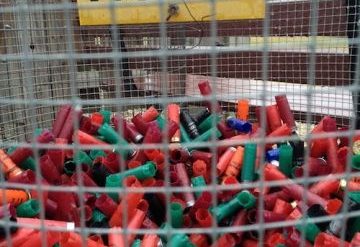
It’s hard to believe. We are only an hour from the urban mayhem of New York City and there is no sound but birdsong and the burble of a trout stream. It’s as if the outside world is walled off by a curtain of streamside shade trees.
The yellow line whips vividly from Cole Baldino’s five-weight fly rod. We are calf-deep in the cool, tannin-tinted water of New Jersey’s Musconetcong River, a tributary of the Delaware. Baldino is Delaware River Coordinator for Trout Unlimited.
The Musky is a lovely stream, protected under the federal Wild & Scenic River Act. There are hatchery-supported brown and rainbow trout and the occasional brookie. But Cole’s eyes light up when he discusses another fish, not a trout at all.
“They are about this big,” holding his hands about 16 inches apart, “and they are really fun to fish for. They are silver with two black dots on the side near the head. They are basically a big, anadromous herring.”
Baldino is talking about American shad. When I grew up in the Pacific Northwest, “anadromous” described steelhead and chinook salmon that return to mountain spawning streams after reaching adulthood…

